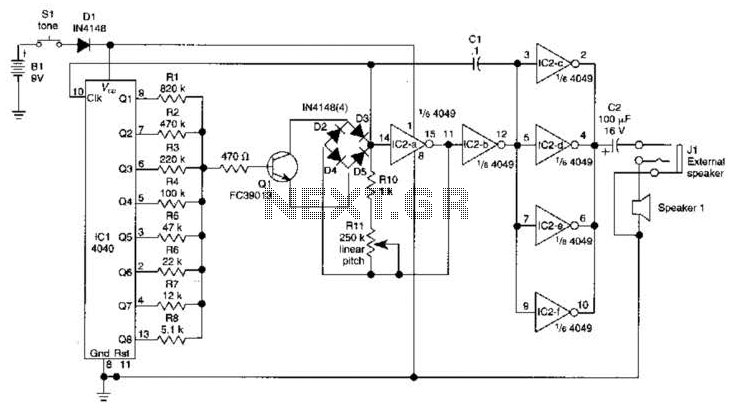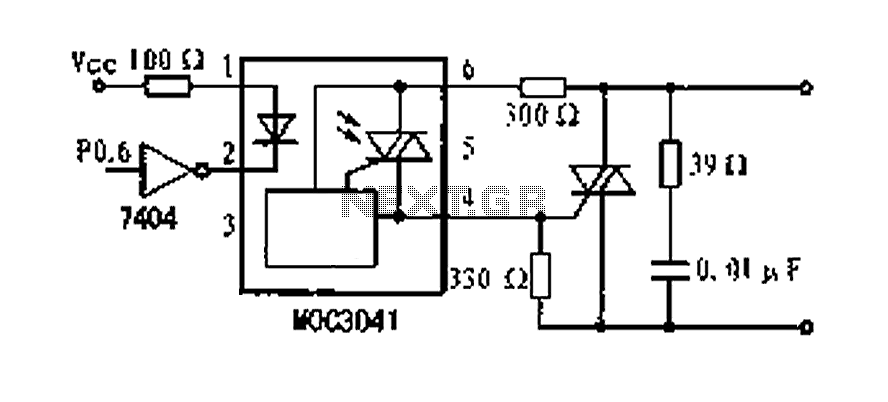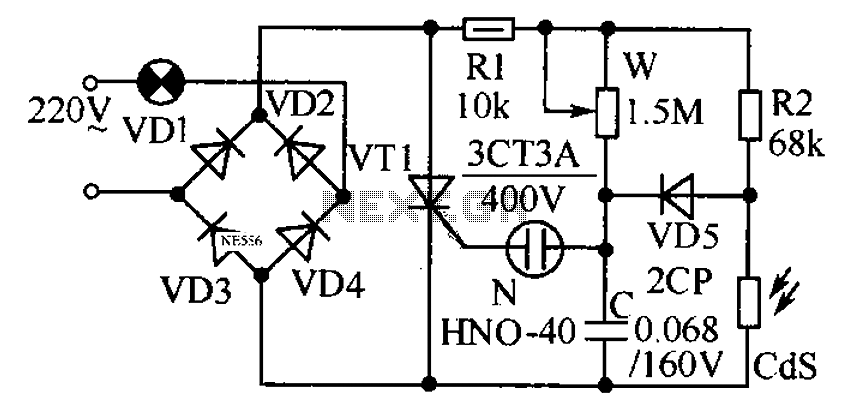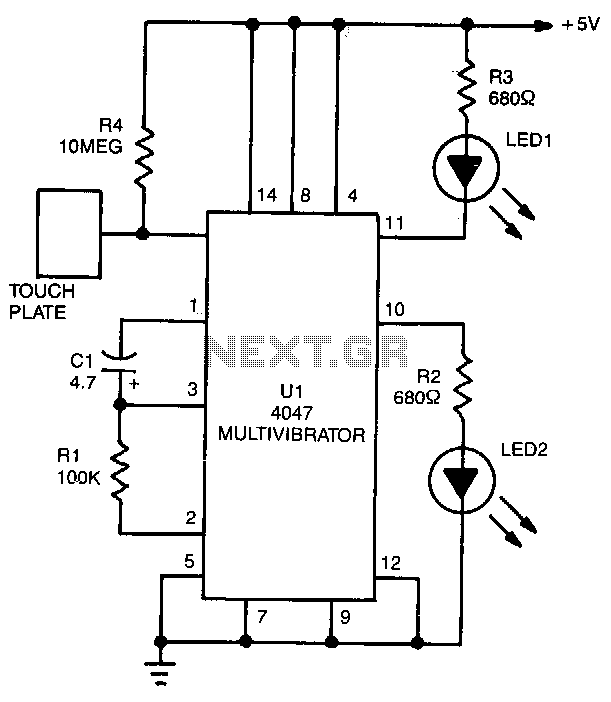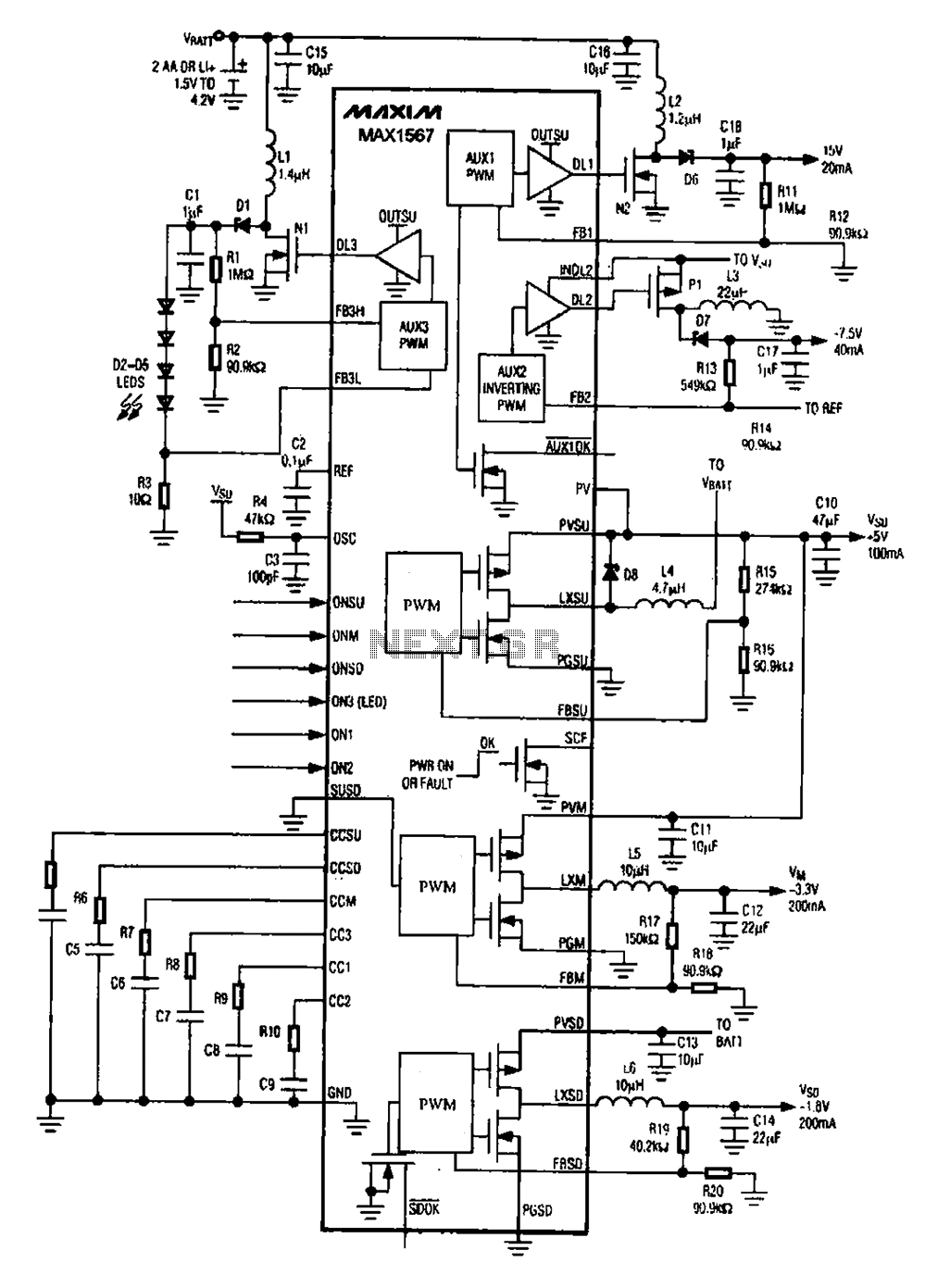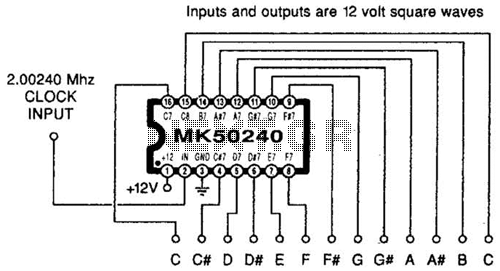
Constant Voltage Speaker Measurement Circuit
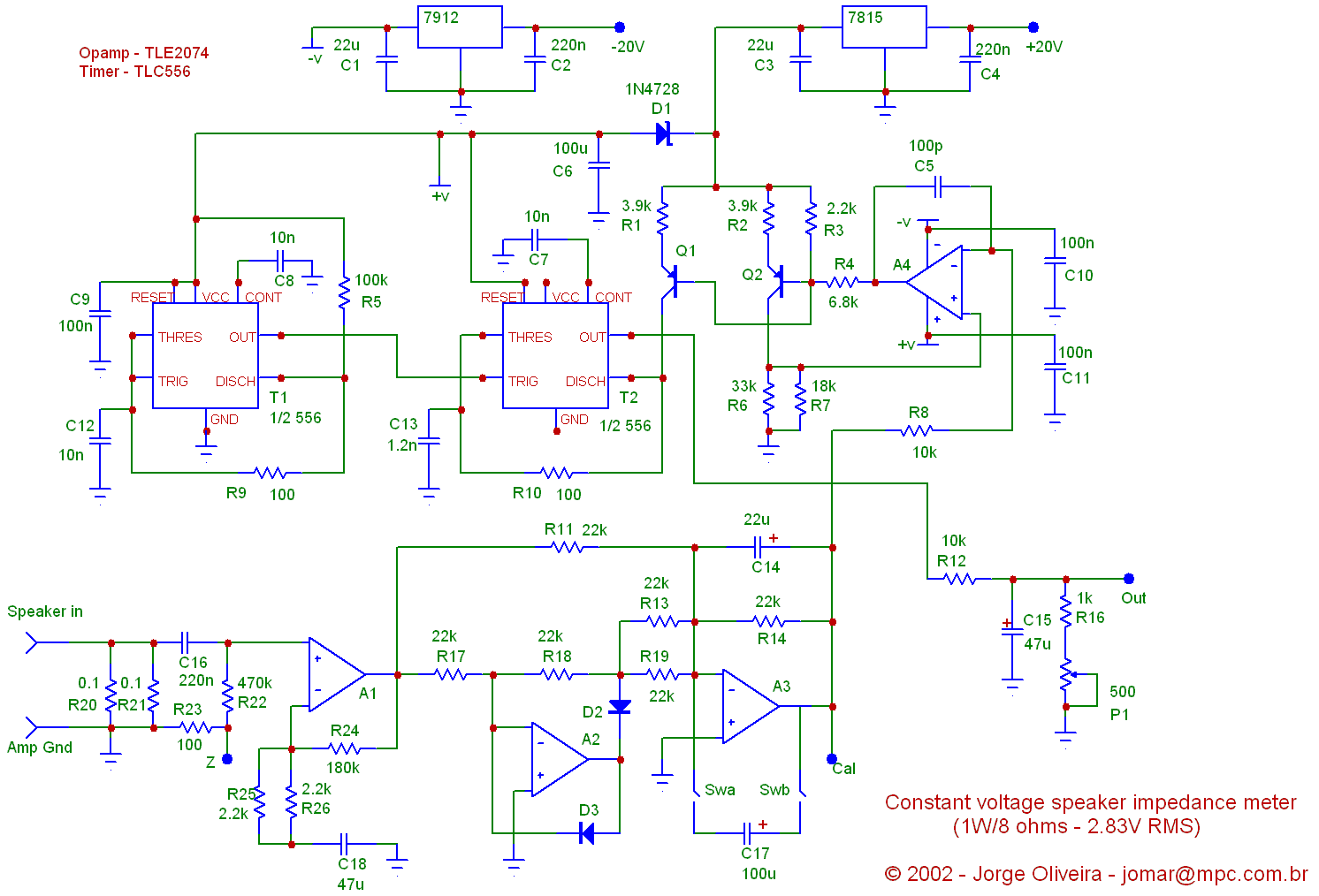
If the offset value exceeds 5mV, adjust this value by experimenting with resistors, starting with 220K, connected from test point Z (the junction of R22 and R23) to +V if there is a negative voltage, or to -V if there is a positive voltage, until the voltage at Cal approaches zero. This method is used to avoid the need for a trimpot; however, a 100K pot can be placed between +V and -V, with a 100K resistor at the slide for easier adjustments. Connect a voltmeter to the output and adjust P1 until the reading matches the resistance measured for the 8.2-ohm resistor multiplied by 10mV (for example, if the measured resistance is 8.4 ohms, adjust for 84mV). Verify linearity by replacing the 8.2-ohm resistor with a 120-ohm resistor (also measure its value). The output voltage should be approximately 10mV times the actual resistance value, around 1.2V. If the output voltage is significantly incorrect, adjust R6 (which can also be a trimpot) by decreasing its value until the correct output is achieved. Ensure to perform level calibration (step 3-g) and output calibration (step 3-h) each time a new set of measurements is initiated, and allow time for the reading to stabilize before changing frequency.
In this circuit, the goal is to calibrate an analog measurement system that converts resistance values into a corresponding voltage output. The calibration process begins by addressing any offset voltage that may be present, which is critical for accurate readings. The use of a resistor in the range of 220K provides a means to fine-tune the offset, ensuring the system can achieve a zero voltage reading at the calibration point (Cal).
The choice of a 100K potentiometer allows for flexible adjustments, providing a user-friendly interface for calibration. By connecting a voltmeter to the output and adjusting potentiometer P1, the output voltage can be set to correspond to the measured resistance multiplied by a scaling factor of 10mV. This scaling factor is essential for translating the resistance value into a usable voltage output, which is particularly important when dealing with low resistance values such as 8.2 ohms.
To confirm the accuracy and linearity of the system, the original resistor can be replaced with a known 120-ohm resistor. This step is crucial as it tests the system's response across a different resistance value, ensuring that the output remains proportional to the resistance input. The expected output voltage should align closely with the calculated value of 10mV multiplied by the resistance, providing a clear indication of the system's performance.
If discrepancies arise in the output voltage, adjusting R6 becomes necessary. This resistor plays a pivotal role in the final output calibration, and its value can be lowered to correct any significant deviations. The option to use a trimpot for R6 allows for precise adjustments, facilitating fine-tuning of the output voltage.
Finally, the importance of performing level and output calibration steps cannot be overstated. These steps are essential for maintaining the integrity of measurements, particularly when the system is used for different sets of measurements. Allowing the readings to stabilize before altering the frequency ensures the accuracy of the output, thereby enhancing the reliability of the entire measurement system.If there are more than some 5mV, reduce this offset value by experimenting with resistors (220K a good starting point) from testpoint Z (junction of R22/R23) to +v if there is a negative voltage or to -v if there is a positive voltage until the voltage at Cal is as close to zero as you care to go (I did it this way to save a trimpot - you can opt to place a 100K pot between +v and -v and a 100K resistor at the slide and have a nice, easy adjustment). Place the voltmeter at the output and adjust P1 until the reading is (the value you measured for the 8. 2 ohms resistor) times 10mV (say you measured 8. 4 ohms - adjust for 84mV) Check linearity by replacing the 8. 2 ohms resistor by a 120 ohms one (measure it`s value, also). The output voltage shall be very close to 10mV times the real value, circa 1. 2V. If the voltage is grossly out, you need to adjust R6 (again, if you prefer it can be a trimpot) by lowering its value until suddenly there will be the correct value at Out.
Do not forget to do the level calibration ( step 3-g ) and output ( step 3-h ) every time you start a new set of measurements and wait for the reading to stabilize before changing frequency. 🔗 External reference
In this circuit, the goal is to calibrate an analog measurement system that converts resistance values into a corresponding voltage output. The calibration process begins by addressing any offset voltage that may be present, which is critical for accurate readings. The use of a resistor in the range of 220K provides a means to fine-tune the offset, ensuring the system can achieve a zero voltage reading at the calibration point (Cal).
The choice of a 100K potentiometer allows for flexible adjustments, providing a user-friendly interface for calibration. By connecting a voltmeter to the output and adjusting potentiometer P1, the output voltage can be set to correspond to the measured resistance multiplied by a scaling factor of 10mV. This scaling factor is essential for translating the resistance value into a usable voltage output, which is particularly important when dealing with low resistance values such as 8.2 ohms.
To confirm the accuracy and linearity of the system, the original resistor can be replaced with a known 120-ohm resistor. This step is crucial as it tests the system's response across a different resistance value, ensuring that the output remains proportional to the resistance input. The expected output voltage should align closely with the calculated value of 10mV multiplied by the resistance, providing a clear indication of the system's performance.
If discrepancies arise in the output voltage, adjusting R6 becomes necessary. This resistor plays a pivotal role in the final output calibration, and its value can be lowered to correct any significant deviations. The option to use a trimpot for R6 allows for precise adjustments, facilitating fine-tuning of the output voltage.
Finally, the importance of performing level and output calibration steps cannot be overstated. These steps are essential for maintaining the integrity of measurements, particularly when the system is used for different sets of measurements. Allowing the readings to stabilize before altering the frequency ensures the accuracy of the output, thereby enhancing the reliability of the entire measurement system.If there are more than some 5mV, reduce this offset value by experimenting with resistors (220K a good starting point) from testpoint Z (junction of R22/R23) to +v if there is a negative voltage or to -v if there is a positive voltage until the voltage at Cal is as close to zero as you care to go (I did it this way to save a trimpot - you can opt to place a 100K pot between +v and -v and a 100K resistor at the slide and have a nice, easy adjustment). Place the voltmeter at the output and adjust P1 until the reading is (the value you measured for the 8. 2 ohms resistor) times 10mV (say you measured 8. 4 ohms - adjust for 84mV) Check linearity by replacing the 8. 2 ohms resistor by a 120 ohms one (measure it`s value, also). The output voltage shall be very close to 10mV times the real value, circa 1. 2V. If the voltage is grossly out, you need to adjust R6 (again, if you prefer it can be a trimpot) by lowering its value until suddenly there will be the correct value at Out.
Do not forget to do the level calibration ( step 3-g ) and output ( step 3-h ) every time you start a new set of measurements and wait for the reading to stabilize before changing frequency. 🔗 External reference
